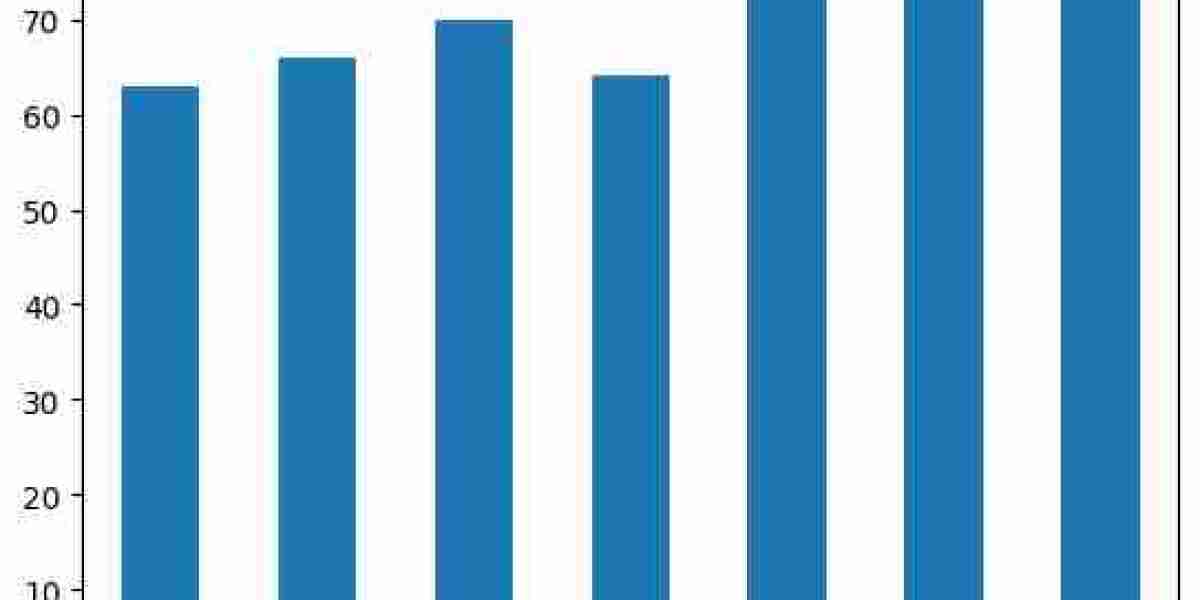The SaaS Development Lifecycle encompasses a comprehensive journey from the initial conception of an idea to the final stages of deployment and maintenance. For companies like Kryoverse Innovations, which strive to bring innovative solutions to market, a structured approach ensures the SaaS application not only meets quality standards but also adapts to user needs. This article outlines best practices across each stage of the SaaS Product Development Lifecycle, focusing on strategies that maximize efficiency, quality, and scalability. The following guide will help Kryoverse Innovations or any organization navigate the complexities of SaaS Development Lifecycle with practical insights.
1. Ideation and Requirement Analysis
The SaaS Product Lifecycle begins with defining the problem the product will solve and understanding target users' needs. This stage involves brainstorming, competitor analysis, and customer feedback collection.
- Best Practices:
- Conduct in-depth market research to understand competitors, pricing, and existing gaps.
- Validate ideas through interviews or surveys, ensuring the SaaS product aligns with actual user demands.
- Prioritize features based on business goals and user impact, focusing on minimum viable product (MVP) requirements.
- Use visual tools, such as storyboards or wireframes, to present a clear concept to stakeholders and development teams.
2. Planning and Architecture Design
This stage is essential in the SaaS Development Lifecycle for defining the technical requirements, architecture, and timeline. Decisions at this stage directly impact scalability, flexibility, and reliability.
- Best Practices:
- Choose a robust, scalable architecture that can handle potential growth, including multi-tenancy for efficient resource sharing.
- Implement microservices to ensure modularity, allowing Kryoverse Innovations to scale or replace components without disrupting the entire system.
- Prioritize data security and compliance with regulations such as GDPR, HIPAA, or SOC 2, depending on your industry.
- Set clear project milestones, including timeline estimations for each development phase, resource allocation, and dependencies.
3. Development and Prototyping
With the requirements and architecture established, the development phase transforms ideas into a functional product. This phase typically involves coding, setting up databases, and integrating APIs.
- Best Practices:
- Apply Agile methodologies, such as Scrum, to promote incremental progress with regular feedback loops, allowing rapid adjustments.
- Set up continuous integration (CI) pipelines to automate code testing and ensure quality throughout development.
- Utilize modular coding principles for easy updates and maintenance, reducing the need for complete rewrites as the SaaS product evolves.
- Prioritize open-source tools and libraries that align with your tech stack, ensuring cost-effective development without sacrificing performance.
4. Testing and Quality Assurance (QA)
Quality is paramount in SaaS Development Lifecycle to deliver a reliable, secure, and performant application. Testing is conducted across multiple areas, including functionality, security, and usability.
- Best Practices:
- Implement a mix of manual and automated testing to cover functional, performance, and security aspects of the SaaS product.
- Use test-driven development (TDD) to catch bugs early and facilitate high-quality code development.
- Emphasize security testing, using vulnerability scanning and penetration testing to identify potential risks.
- Gather feedback from beta testers to uncover usability issues and areas for improvement.
5. Deployment and Release Management
Deployment in the SaaS Development Lifecycle requires a smooth and efficient launch, often involving rolling updates or phased rollouts to manage potential risks.
- Best Practices:
- Use containerization tools like Docker or Kubernetes for streamlined deployment and easy environment replication.
- Leverage cloud platforms, such as AWS or Azure, which provide scalability, security, and automated resource management.
- Implement a rollback strategy, ensuring you can revert to previous versions in case of major issues.
- Monitor system performance continuously, using tools to track server load, response times, and error rates.
6. Maintenance and Continuous Improvement
After deployment, the SaaS product lifecycle enters a maintenance phase, requiring ongoing updates, bug fixes, and improvements based on user feedback and evolving technology.
- Best Practices:
- Set up automated alerts and monitoring to detect issues in real-time, minimizing downtime and maintaining optimal performance.
- Collect feedback from users regularly to identify areas for improvement and new feature requests.
- Apply DevOps practices to automate testing and deployment, allowing Kryoverse Innovations to release updates seamlessly.
- Regularly audit the product for security and performance to stay ahead of potential vulnerabilities.
7. Scaling and Optimization
As the user base grows, optimizing and scaling the SaaS product becomes essential. This stage focuses on adjusting the architecture to support increased demand without compromising performance.
- Best Practices:
- Implement caching mechanisms to reduce server load and enhance response times.
- Use load balancers and CDN networks to handle high traffic effectively, providing a consistent user experience.
- Monitor usage patterns to identify bottlenecks, optimizing areas such as database queries, image compression, or data processing tasks.
- Consider regional deployment for faster response times, particularly if Kryoverse Innovations targets users across different geographical locations.
8. Sunsetting and Transitioning
When a SaaS product reaches the end of its lifecycle, planning for a smooth transition is essential. This phase includes notifying users, migrating data if necessary, and providing alternatives.
- Best Practices:
- Communicate with users well in advance, providing them with a timeline for the product’s end-of-life.
- Offer migration paths or alternative solutions, helping users transition with minimal disruption.
- Archive critical data securely, ensuring regulatory compliance and providing access if needed in the future.
- Evaluate lessons learned, applying these insights to future SaaS product development lifecycle initiatives.
Conclusion
Navigating the SaaS Development Lifecycle requires strategic planning, technical expertise, and an iterative approach. By following best practices across each stage, Kryoverse Innovations can deliver a robust, scalable, and user-centric product. Each phase, from ideation to sunsetting, plays a critical role in ensuring the product aligns with market demands and user needs. This structured, well-defined approach enhances the SaaS product lifecycle, enabling Kryoverse Innovations to meet industry standards while continuously improving the customer experience.



